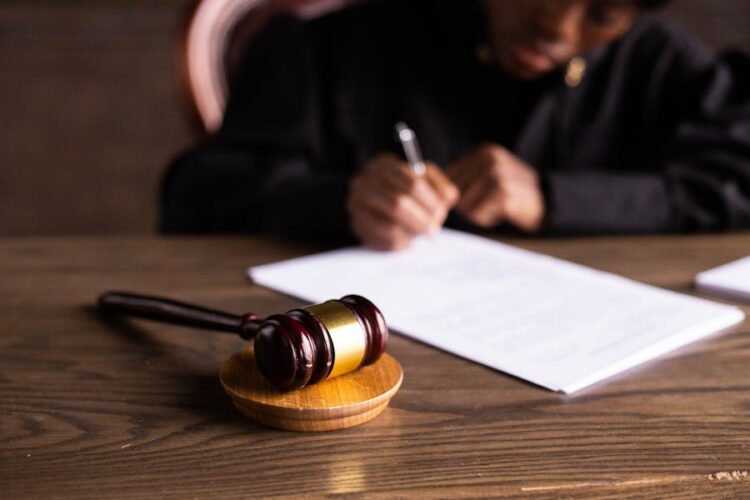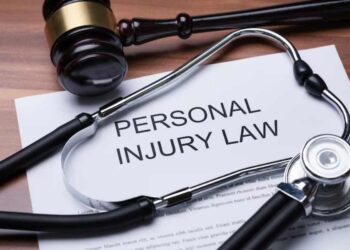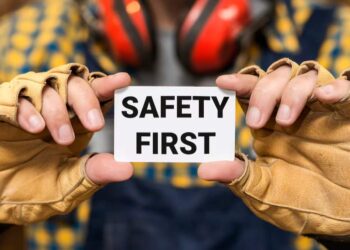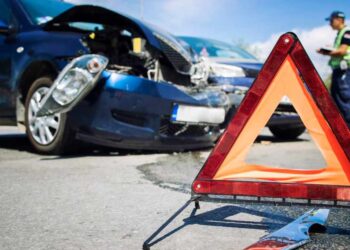Workplace injuries and illnesses are on the rise, with U.S. employers reporting 2.8 million cases in 2022, a 7.5% increase from 2021, according to the Bureau of Labor Statistics. These incidents included 2.3 million injuries, up 4.5%, and 460,700 illnesses, up 26.1%. Respiratory illnesses like COVID-19 drove much of this increase, rising 35.4% to 365,000 cases after decreasing the prior year.
As an employer, you have a responsibility to maintain a safe environment. However, accidents still happen, and injured customers or employees sometimes take legal action in the form of personal injury lawsuits. These cases can be lengthy, expensive, and damaging, even when you have the best intentions. By taking proactive prevention and preparation steps, you can better shield your business from liability. Here are 5 top strategies:
1. Maintain Adequate Insurance Coverage
Having the proper insurance policies in place is one of the best ways to protect your assets if you are sued. General liability insurance will cover legal costs and compensation for legitimate claims of bodily injury or property damage that occurred on your property or as a result of your services.
Make sure you have sufficient coverage limits, as cases involving serious injuries can result in large settlements. Umbrella insurance provides an extra layer of coverage once the limits of other policies are reached. Also, workers’ compensation insurance should be considered for injuries employees sustain on the job. Consulting with a personal injury attorney can help ensure that your coverage is adequate and that you are fully protected
2. Address Hazards Promptly
Work diligently to identify and address any potential hazards or dangers on your property that could lead to injuries. Make sure walking areas are free of clutter, spills are cleaned up immediately, and proper lighting and stair railings are installed. Regularly inspect equipment and make timely repairs. If a customer informs you of a hazard, resolve it right away before an incident occurs.
3. Implement Safety Protocols
Put clear safety policies and procedures in place, train staff accordingly, and enforce them consistently. This includes things like setting speed limits for forklifts, requiring protective gear when using dangerous machinery, and having shelves load-tested for weight capacity. Employing these measures shows your commitment to safety.
4. Use Warning Signs and Waivers
Use conspicuous signage and written waivers to notify customers of potential dangers associated with your services or on your premises. Warning signs can point out wet floors, steep slopes, hot surfaces, and more. Have customers sign waivers for inherently risky activities like bungee jumping or race car driving. Waivers demonstrate the customer assumed certain risks and agreed to not hold your business liable for injuries. However, they are not foolproof, so take precautions too.
5. Document Thoroughly
Keep meticulous documentation of your safety practices, training, inspections, maintenance, and incident response. Detailed records prove all the measures you take to prevent customer and employee injuries. If an incident does occur, immediately gather eyewitness accounts, photographs, video surveillance footage, and other evidence. Thorough documentation makes it much harder for plaintiffs to argue you acted negligently.
While administering first aid and showing concern for the injured, avoid making any statements that imply the business’s fault or responsibility—instead, calmly direct inquiries to your insurance company or a personal injury attorney.
Even companies with excellent safety records get sued, as demonstrated by the famous McDonald’s coffee case. In 1992, Stella Liebeck suffered severe burns when she spilled hot coffee purchased from the chain into her lap. She was awarded over $2 million by a jury, later reduced to $640,000. Though perceived by some as an excessive verdict, it underscored how costly injury claims can become for businesses, even when they are trying to do the right thing. With smart planning, you can aim to prevent incidents and protect your company if one occurs.










